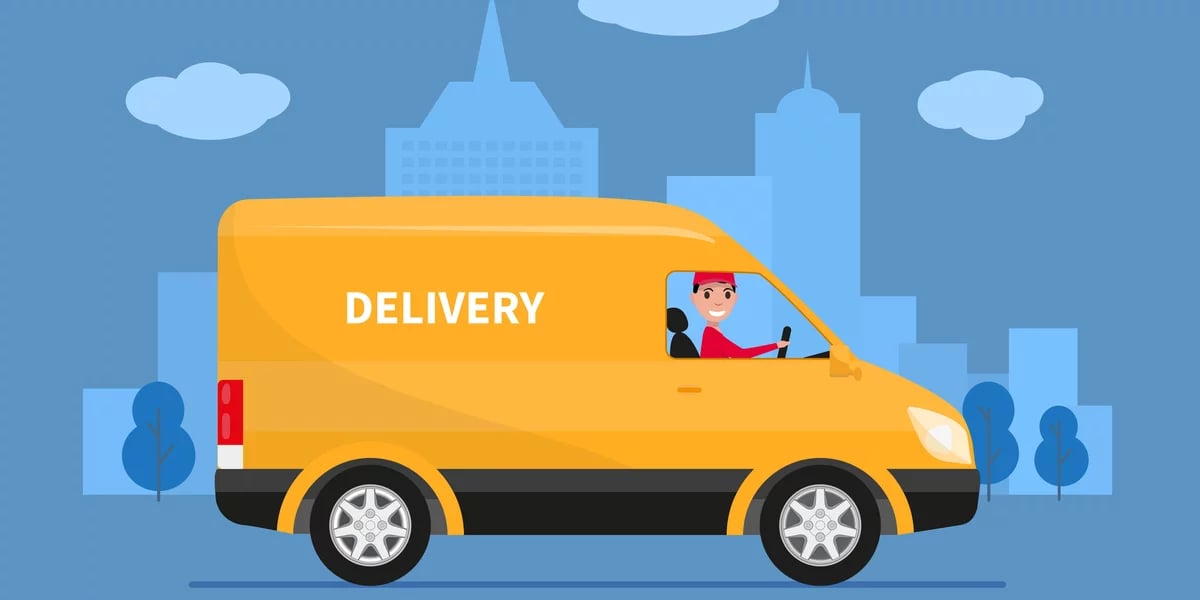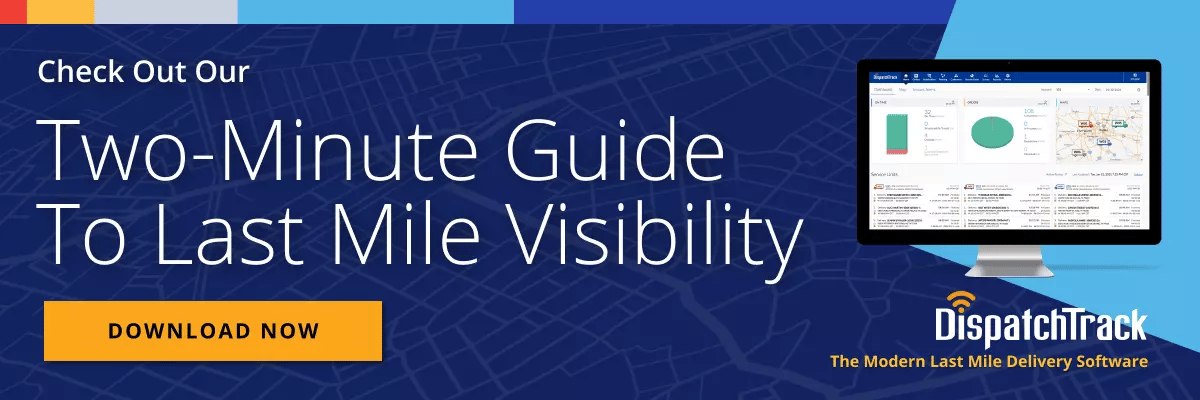By Satish Natarajan, DispatchTrack Founder and CEO
I’d love to see a world where the holiday crunch is so effectively planned and optimized as to be stress-free for delivery organizations—but we’re not likely to get there in 2022…
In the past two years—with e-commerce booming and online shopping reaching unprecedented heights—we saw a lot of consolidation in transportation networks. Larger logistics players bought up smaller ones at an accelerated rate, trying to capitalize on the expertise of smaller, more local 3PLs to help get refrigerators from appliance stores in Florida to buyers all the way out in Oregon.
I think we’re going to see a lot more of this in the near future, and I’m excited for the possibilities. By working to take a nationwide view of the fulfillment process businesses of all stripes have a chance to get smarter and find new efficiencies. Most importantly, it builds connections between businesses and a wider array of customers than ever before.
Logistics processes aren’t just about getting goods from Point A to Point B—they’re about the customer. Even if you’re delivering to a big retail chain or a commissary kitchen, customer experience and customer connections are at the heart of everything.

Don’t get me wrong—customer demands can cause huge challenges.
We all want what we want when we want it, and that’s driving huge supply chain changes. The last mile especially increasingly needs to be optimized for speed above all else.
But even while turnaround time expectations are exerting serious time pressures on retailers and businesses across the spectrum, I see reasons to be optimistic—even excited. Speed in logistics isn’t just about pushing harder and throwing more resources at the problem, it’s about visibility, analytics, and strategic planning.
One of my biggest hopes for the next year in logistics is that the pressure to reduce turnaround times will give supply chains the push they need to prioritize smarter, more data-driven approaches to fulfillment.
I’m hoping to see more and more delivery networks that can effectively maximize truck capacity, accurately predict arrival times, and automatically flag potential disruptions and send messages to end customers.
Yes—this means I want to see AI everywhere. From a technology point of view, AI and machine learning have increasingly become table stakes for new solutions. But I’m still incredibly excited for businesses to get more and more out of their AI-driven technology in the coming year.
In a McKinsey & Company study, they found that AI improved logistics costs by 15%, inventory levels by 35%, and service levels by 65%. I want to see those kinds of outcomes across logistics in general and the last mile in particular. From my own experience, I know that leveraging AI in the context of delivery route optimization can push up efficiency and empower more accurate predictive ETAs—both of which help you to provide great customer experiences faster than ever.
I believe we’ve moved past “AI is going to do our jobs for us.” The new thinking is “AI can help humans do their jobs even better.” I think last mile deliveries have the potential to be at the forefront of that phenomenon. If we can show consumers across industries a new face for last mile delivery—one that’s incredibly dynamic and defined by constant communication, live updates, speed, and agility—then I’ll feel like I’ve done my job successfully.
Frankly, I want to see these changes in the middle mile, too.
With LTL shipping becoming the norm, a lot of the problems that have historically applied to the last mile now also apply to the middle leg of your typical product’s journey. Just think of the distribution center as a new kind of end customer—one who has fundamentally similar needs.
My expectation for 2022 is that we’ll see a greater push towards utilizing the same kind of technology to improve efficiency and visibility in the middle mile. While this evolution is certainly not going to happen overnight, I hope to see the start of a real middle mile digital transformation.
All of the above will be critical for taking logistics into a smarter, more connected era—an era where businesses can actually keep the promises they make to their customers. But it will also help move the dial on a topic that’s very near and dear to me: sustainability.
We’re already seeing the ways that online shopping can be more sustainable than old school fulfillment, but the industry needs to go further.
In its way, this too is customer experience. Buyers want to feel that they can make value-driven decisions, and when you prioritize the efficiency of your supply chain you can give your buyers the opportunity to work with a conscientious business. When you utilize technology that can help you reduce miles driven for each stop, decrease wasteful return logistics and reduce the odds of product damage, and generally cut waste out of the supply chain, that’s exactly what you’re doing. At the same time, you’re making an impact on one of the defining issues of our era.
Some of my hopes for logistics technology in 2022 are pretty modest—some of them are big asks. But I think they all add up.
What do they add up to? Hopefully a global supply chain that is at once more connected and more human—with a greater emphasis on creating meaningful experiences.
What’s on your wishlist for logistics in 2022?
Learn how DispatchTrack is helping logistics technology evolve:
